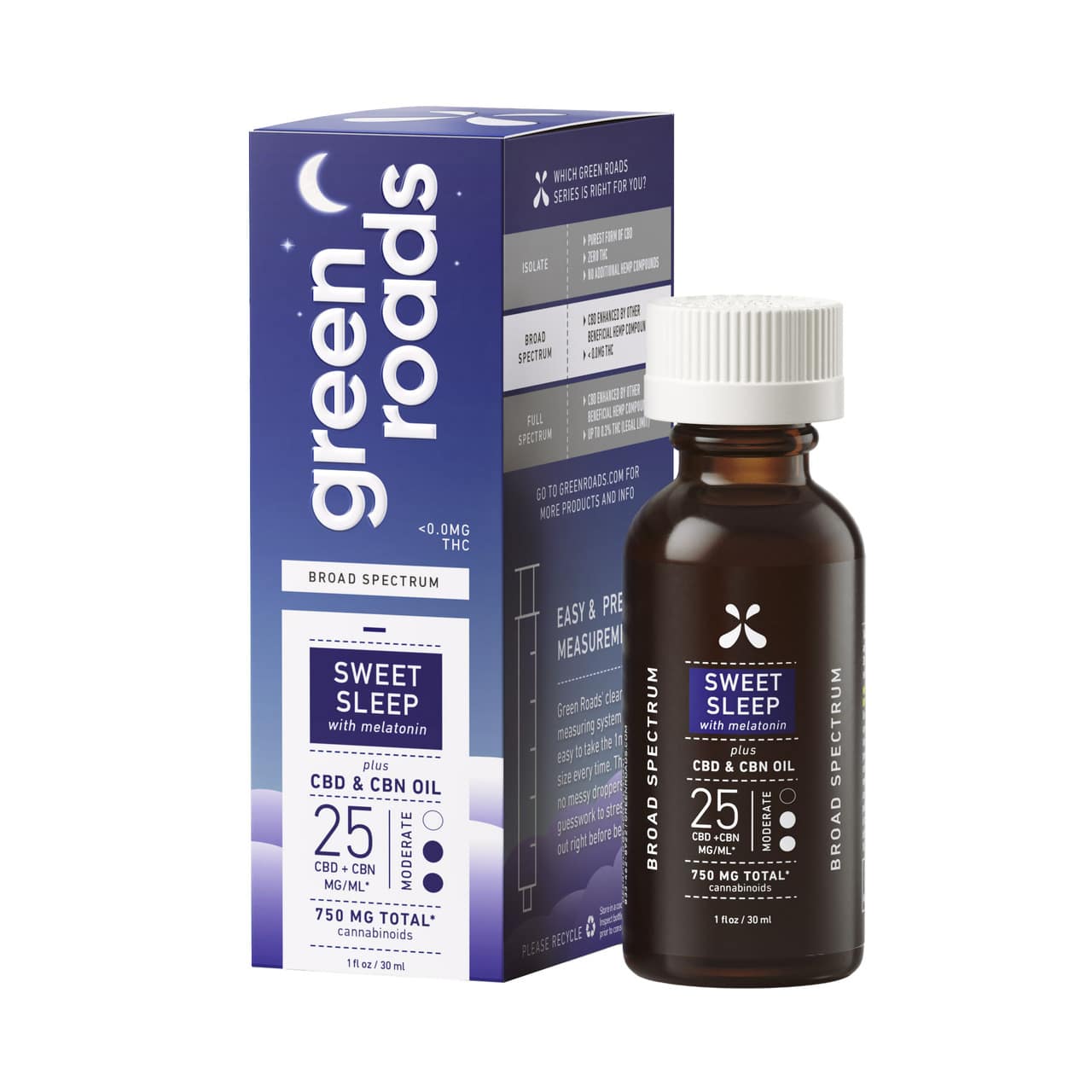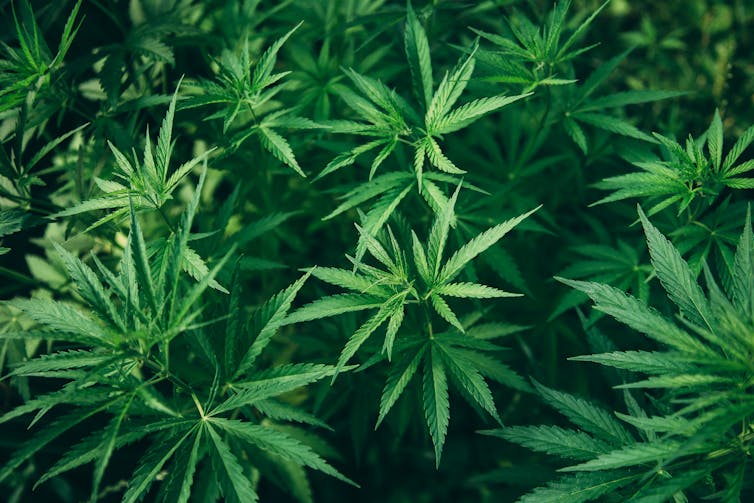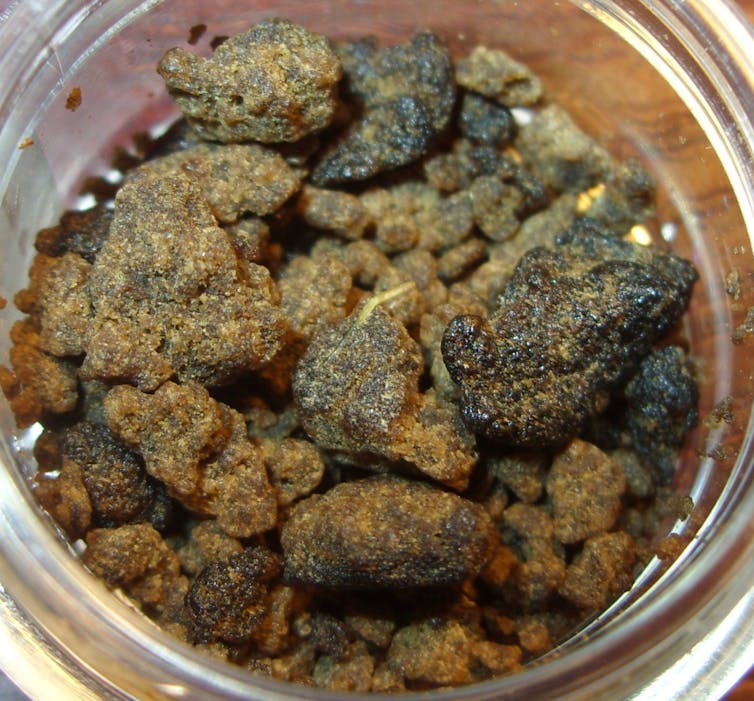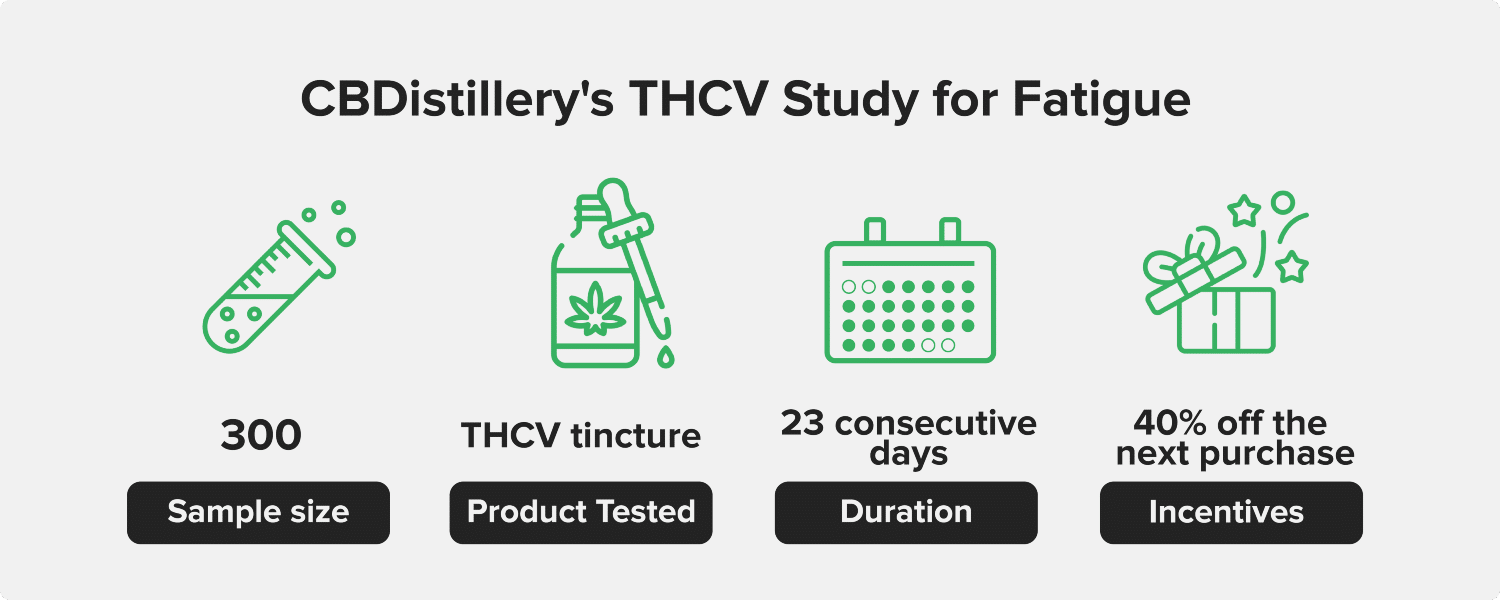Welcome to our Green Roads Sweet Sleep CBD Oil review!
They’re certainly not the first hemp brand to have rolled out a sleep CBD tincture, but pharmacist-led Green Roads is unique in how they enrich each product with absorption-boosting compounds and other enhancers.
Such is the case with their Green Roads Sweet Sleep tincture, a broad-spectrum extract (meaning it contains no detectable THC) that pairs cannabinol (CBN) and CBD to facilitate evening relaxation.
After sampling the product ourselves, we found this tincture effective for promoting relaxation and helping sleep come faster at night, though the lack of THC is noticeable.
Table of Contents
- Pros and Cons
- Quality
- Concentration
- Value
- Packaging
- Ingredients
- Flavor and Texture
- Effectiveness
- Conclusion
Green Roads Sweet Sleep CBD Oil
Concentration
375mg: 15mL x 25mg/serving
750mg: 30mL x 25 mg/serving
Ingredients
Vitamin E (as tocopherols), Hemp Derived Cannabidiol (CBD), Hemp Derived Cannabinol (CBN), Melatonin, Vegetable Glycerin, MCT Oil (Fractionated Coconut oil), Natural Blueberry Flavor, Hemp Seed Oil, Sunflower Lecithin, Helianthus annus (Sunflower) seed oil.
Coupon Code
Use code CBDINSIDER for 15% off
Pros and Cons
Let’s start with the pros:
- Effective for relaxation
- Advanced formulation
- High CBN content
And now the cons:
- Not competitively priced
- No detectable supporting cannabinoids (besides CBN)
Quality
In addition to end product quality, we award products and brands credit for the practices and policies they have in place to ensure consistency of quality, such as (but not limited to):
- Sourcing standards and supplier oversight
- Formulation and ingredient quality
- Product, manufacturing facility, and third-party lab certifications
- In-house technical knowledge
Green Roads collaborates directly with hemp farmers in North Carolina, California, and Oregon, and each of these partners uses organic methods.
After harvest, Green Roads abides by the industry gold standard of hemp extraction – CO2 extraction – to safely draw their extracts out of the plant biomass.
Each product batch is then tested by an ISO-17025 accredited facility, Kaycha Labs, for cannabinoid density, residual solvents, toxins, and other potential contaminants.
Both on the brand website and their packaging, Green Roads provides QR codes linking to certificates of analysis from the third-party lab.
There’s no shortage of technical knowledge among the formulation team, which is populated by multiple pharmacists (including owner Laura Fuentes).
Finally, Green Roads upholds GMP (Good Manufacturing Practices, an FDA-ready designation) and over-the-counter certifications on their hemp products.
Taking all of this into account, we have little criticism to offer for integrity of sourcing, manufacturing, testing standards, or expertise.
Concentration
We received the 15mL bottle of Green Roads Sweet Sleep CBD + CBN Oil, which, at 25mg of CBD per single-milliliter dropper, yields a total of 375mg of CBD.
Sweet Sleep is also available in a 30mL/750mg bottle (same 25mg concentration) and in 12-packs of 25mg “nightly dose” packets.
Here is the cannabinoid breakdown according to the Kaycha lab report for our 375mg bottle (values reported as “per serving/per bottle”):
- CBD: 20.71mg/360.30mg
- CBN: 2.23mg/38.85mg
As this product is a broad-spectrum extract, total THC levels were listed as “non-detectable,” meaning any trace amounts were below the calibration level of the lab’s instruments.
The CBD is underdelivered but to a negligible degree.
If you’re looking for a highly potent hemp extract that leverages the entourage effect to provide relief from discomfort, stress, and more, this tincture may seem too limited in its scope, i.e., it’s cannabinoid profile.
However, as a sleep tincture, Green Roads Sweet Sleep Oil makes a compelling argument for targeted potency with a >1:10 ratio of CBN to CBD.
Value
Our 15mL/375mg of Green Roads Sweet Sleep CBD + CBN Oil retails on the Green Roads site for $39.99, which reduces to 10.6 cents per milligram of CBD.
As usual, we have a few factors to balance here in terms of accurately perceiving this tincture’s value, including, but not limited to:
- Extract type
- Cannabinoid potency
- Ingredient quality
- Brand reputation
- Competitors’ costs
On the one hand, broad-spectrum extracts typically have a weaker case for charging a premium, but considering the targeted formulation and the above-average potency of non-CBD cannabinoids, we see these points as canceling each other out in the case of this sleep tincture.
The ingredient and formulation quality is high (rare to see vitamin E, melatonin, etc.), and Green Roads’ reputation bodes well for the perceived value.
Finally, most competing sleep tinctures from trusted brands will generally cost between $0.08-$0.14/mg, so this price point, while not hyper-competitive, is certainly reasonable.
Packaging
Our Green Roads Sleep CBD Oil arrived in darkly tinted glass tincture with a demarcated dropper lid, all of which was housed in a small box.
The box, bottle, and both labels were of higher-quality materials, and between the box and bottle labels, we found the following info:
- Basic product specs (concentration, volume, etc.)
- Supplement facts and other ingredients list
- “Crafted with care” product blurb
- Extract explanation blurb (full-spectrum versus broad-spectrum, etc.)
- Use suggestions
- QR code for accessing lab reports.
Considering the smaller (15mL) bottle and proportionally smaller box, we were impressed with how much information Green Roads was able to provide without making the font illegibly small.
We had no issues with the bottle or dropper lid throughout our use of the product, so it’s an ace for packaging quality in the case of Green Roads Sweet Sleep CBD Oil.
Ingredients
Here is the ingredient list for our Green Roads Sweet Sleep CBD + CBN Oil tincture:
Vitamin E (as tocopherols), Hemp Derived Cannabidiol (CBD), Hemp Derived Cannabinol (CBN), Melatonin, Vegetable Glycerin, MCT Oil (Fractionated Coconut oil), Natural Blueberry Flavor, Hemp Seed Oil, Sunflower Lecithin, Helianthus annus (Sunflower) seed oil.
In targeted formulations especially, we’ve seen the odd (non-CBD) botanical addition here and there, such as ashwagandha or ginger, but it’s rare to see this many in a single ingredient list.
Namely, the vitamin E, melatonin, and vegetable glycerin make a strong case for enhanced absorption and efficacy in the vein of sleep improvements.
For anyone less familiar with CBD tincture ingredient lists, the vast majority of products follow a very simple two-ingredient formula: carrier oil + extract.
As mentioned, some products will add in enhancers, but Green Roads is the only brand that consistently elevates their formulations, regardless of targeting, with multiple oils to enhance absorption, micronutrients, and more.
Flavor and Texture
Considering the universal importance of fat in CBD absorption, the vast majority of hemp oils are thick and viscous because of the fatty carrier oils used.
This is even more so the case with this tincture, which was more full-bodied than usual, but not to the point that it was difficult to work the oil out of the dropper.
The taste was sweet and a little bitter, aptly representing the blueberry flavoring added.
The hemp bitterness was necessarily canceled out by the flavoring, but it merged with the slight bitterness of the blueberry to create a pleasantly smooth combination.
Overall, sweet tooths may be a tad turned off by the bitterness, but as hemp veterans, we found both the taste and the texture of this Green Roads Sweet Sleep Oil to be very enjoyable.
Effectiveness
We try to stay away from hard-and-fast judgments regarding product potency out of respect for the many circumstantial factors that can influence how effective a product is for any given person, such as body weight, medical history, concurrent medications and more.
Speaking more to our review team’s personal experience, then, we will say that one dropper (25mg) of the Sweet Sleep CBD Oil didn’t quite get us there in terms of feeling a deep sense of relaxation.
Many customers may find the 25mg mark (and remember, about 2.6 grams of CBN added) satisfactory, but others like us may need a dropper and a half or two full droppers to achieve deep relaxation.
It’s also important to note in the case of sleep formulations like this one that working with your body’s circadian rhythm can significantly boost potency.
In other words, try taking the tincture about 2.5 hours before bed, and whether or not dinnertime falls in this time period, it’s always helpful for absorption of lipophilic (fat-loving) CBD to take it with food.
Overall, we felt this tincture working at a single dropper or less, but some people may require more to effectively promote improvements in sleep.
Conclusion
Green Roads has proven their mettle as a pharmacist-led formulation team with an absorption-optimized ingredient list that works in melatonin, vitamin E, and other enhancers.
What this tincture lacks in variety of cannabinoids, it makes up for in a strong ratio (little over 1:10) of CBN to CBD.
Green Roads Sweet Sleep CBD oil may not be the cheapest on the market, but it’s more than a little difficult to find an ingredient list like this at a more competitive price point.
Everything from the packaging to the taste and texture indicated a pro-consumer approach to the user experience, and though we CBD veterans would need more than a dropper to notice dramatic improvements, many may get there with a single dropper.
Our overall impression is a positive one, and we’ll recommend Green Roads Sweet Sleep CBD Oil to anyone looking for a safe and effective way to fall asleep faster.
Green Roads Sweet Sleep CBD + CBN Oil
Concentration
375mg: 15mL x 25mg/serving
750mg: 30mL x 25 mg/serving
Ingredients
Vitamin E (as tocopherols), Hemp Derived Cannabidiol (CBD), Hemp Derived Cannabinol (CBN), Melatonin, Vegetable Glycerin, MCT Oil (Fractionated Coconut oil), Natural Blueberry Flavor, Hemp Seed Oil, Sunflower Lecithin, Helianthus annus (Sunflower) seed oil.
Coupon Code
Use code CBDINSIDER to get 15% off
via
The CBD Insider https://thecbdinsider.com/review/green-roads-sweet-sleep-cbd-oil-review/#utm_source=rss&utm_medium=rss&utm_campaign=green-roads-sweet-sleep-cbd-oil-review









